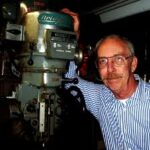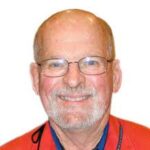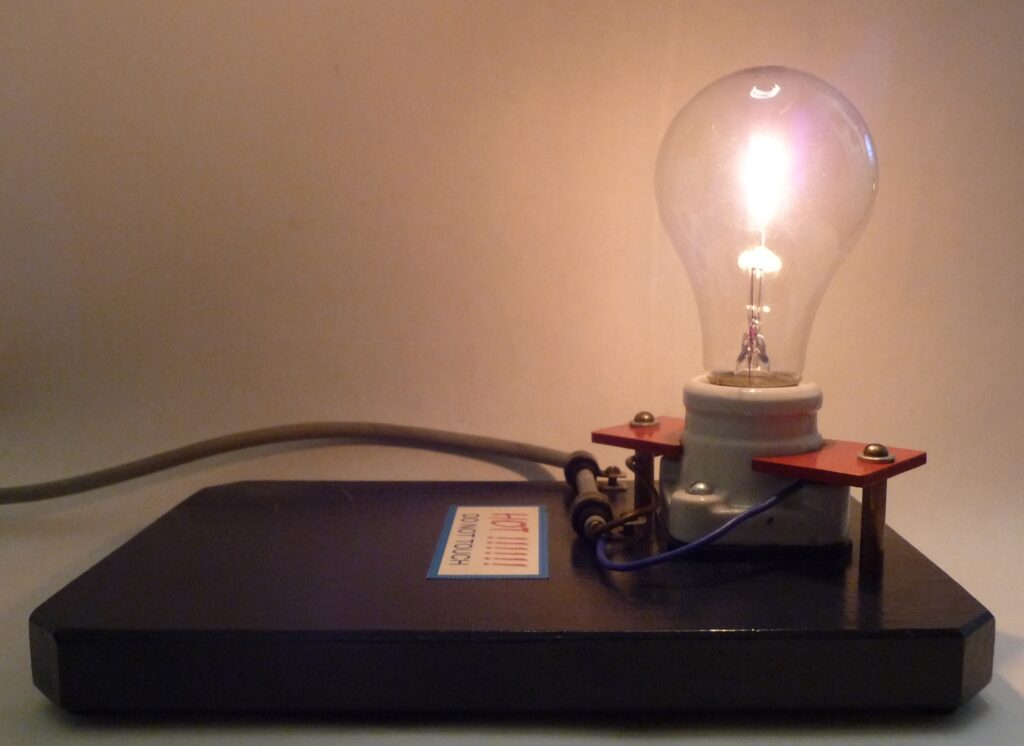 by: Marty Sagendorf
by: Marty Sagendorf
Light is magic stuff: it has no mass, it comes in many colors, it has energy, it can be emitted and absorbed, but it can’t be saved in a bottle or bucket. Even though we can’t ‘save’ it, we can explore the many ways that light behaves around us. We are told, or we read, about reflection, refraction, and the many other properties of light’s interaction with objects, but until we actually experience these we really don’t fully appreciate ‘the magic of light’.
Let’s start learning about light!
That’s what this Optics Kit, from Educational Innovations, allows us to do – experience light by doing. This kit provides the necessary components to perform extensive investigations – ten are completely detailed – and new ideas for experimentation will naturally develop as optics principles become familiar.
Let’s begin with something we see every day:
REFLECTION
Start by drawing a line along, and one-half inch from, the long side of a piece of 8-1/2”x11” white paper. At the mid-point of this line, draw a perpendicular line extending across the paper. This line represents a ‘NORMAL’ to the mirror’s surface.
Read the rest of this entry »
 by: Norm Barstow
by: Norm Barstow


 Posted by Tami O'Connor
Posted by Tami O'Connor  by: Marty Sagendorf
by: Marty Sagendorf
 3. Notice how AMBULANCE is written. Why is it always written this way on the front of the emergency vehicle?
3. Notice how AMBULANCE is written. Why is it always written this way on the front of the emergency vehicle? 